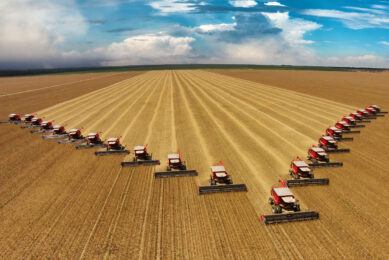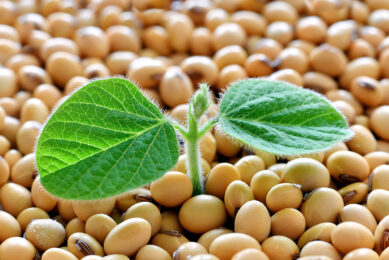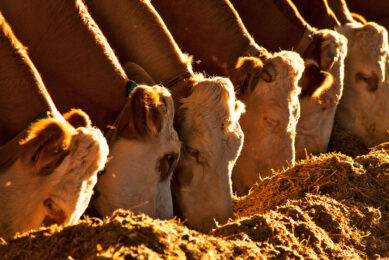Formulating diets to improve sustainability credentials
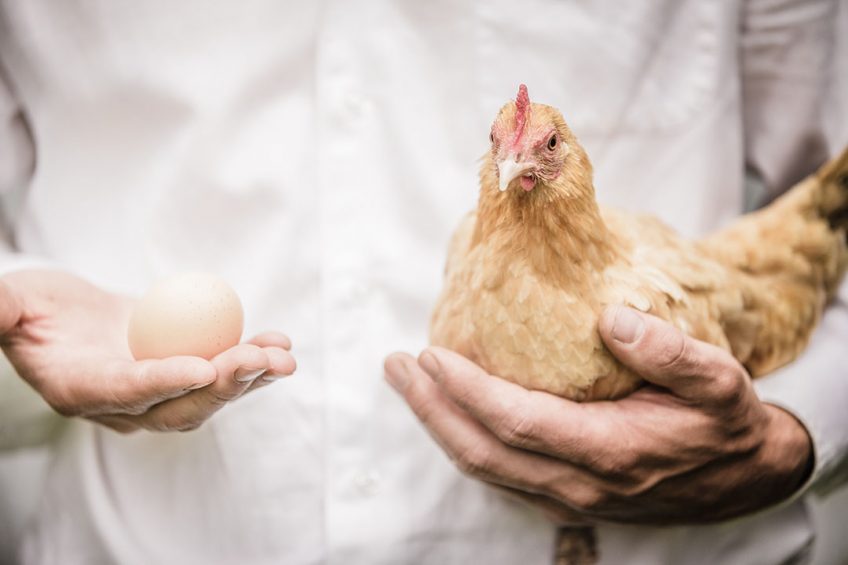
A review of how the poultry sector can meet the demand for more sustainable production, without having to fundamentally change animal diets.
Sustainability is a word that has a different meaning for different people. It is broad, covering environmental, economic and social sustainability. Often, when discussing poultry production and poultry nutrition, the word sustainability is used to imply the longevity and production capabilities of the flock.
With an increase in the number of documentaries about climate change and pollution, consumers are becoming more aware of the environmental impact of their food. In fact, according to a recent sustainability report by global data and insights company, Nielson’s, 73% of consumers would definitely, or probably, change their consumption habits to reduce their environmental impact. Currently, there is little legislation in the poultry industry around reducing impact; however, this is expected in due course, considering what is happening in the ruminant sectors in some European countries. The question then becomes, how can we, as an industry, produce the most sustainable product, in a broad sense, without having to fundamentally change the way we feed and raise our animals?
Environmental and economic sustainability
In poultry production, environmental and economic sustainability are closely intertwined. Profitability comes from efficiency, which also translates into environmental credentials. Environmental sustainability covers multiple factors, from mineral leaching to carbon footprint. When talking about poultry, 80% of the footprint will come from feed, and as such, effective nutrition can play a huge role in reducing some of these carbon emissions. Regardless of production or bird type, if producers use less feed to achieve the same output, or use the same amount of feed, but produce more, there will be sustainability benefits; both environmental and economic. Improving feed efficiency is a complex topic, and as such, requires a complex, multifactorial solution.
The best diet for bird’s life stage
Ensuring the best type of ration for the bird’s life stage is one means of doing this. At each life-stage, the bird will have different nutritional requirements, and the components of the ration should reflect this. In laying birds especially, meeting mineral requirements is critical to allowing the bird to produce the best quality eggs, but, due to the speed of growth in a broiler bird, the contribution of this to effective muscular growth should not be overlooked. In order to meet nutritional requirements, inorganic minerals are often fed at high doses, sometimes above NRC recommendations. Organic minerals have better bioavailability, and so are better absorbed, meaning that they can be fed at lower inclusion levels. This has an immediate impact on mineral leaching, as fewer minerals are excreted. Perhaps unexpectedly, swapping to organic minerals can also improve your carbon footprint through improvements in performance. This has a beneficial knock-on economic effect.
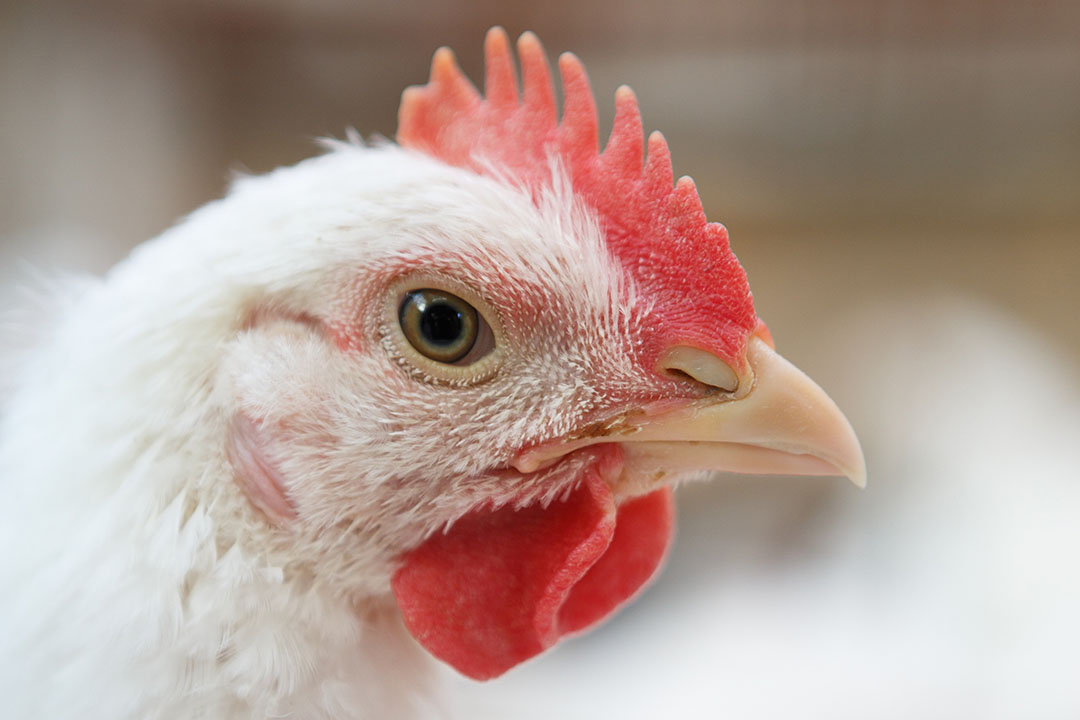
Improving gut health
Nutrient digestibility and absorption can also impact the sustainability credentials of a diet. If nutrients can be better digested and absorbed, then they will be used more efficiently for egg production and muscle growth. One means to improve this is by refining gut health. Optimal gut health affords the bird the best villi structure, meaning that it has the maximum surface area available to absorb nutrients into the bloodstream or lymph system. If the gut structure suffers, then often nutrients can pass into the caeca undigested, providing a nutrient source for the microbial population that resides there. Often, potentially pathogenic organisms are found in the caeca, and this nutrient source allows them to replicate to numbers large enough to cause imbalances in the microbiota, which impacts performance. The associated performance decline will, in turn, reduce the economic and environmental sustainability of production. Gut health can also improve sustainability by helping to modulate the immune system. As mentioned above, the gut consists of microbiota and this population interacts with the immune system. Numerous studies have shown that having a more balanced and diverse microbiota helps to reduce inflammation and elicits a more effective immune response to actual challenges. Inflammation and other immune processes are energy expensive. The link to sustainability might seem a little tenuous; however, through improved gut health, feed efficiency will be greatly enhanced, and this has a direct link to both environmental and economic sustainability. The diet can be formulated to promote gut health in several ways. First, through ensuring it contains the most digestible ingredients: there are numerous ways of helping with nutrient digestibility to allow feed to be absorbed in the correct place within the gut. Second, by providing the cleanest ingredients: contamination with pathogens, mycotoxins or other non-feed ingredients will have a direct impact on the gut microbiota, challenging gut health status. Finally, an additive to enhance gut health could be added.
Sustainable soy sources
As an industry, poultry is relatively low on the agenda of NGOs calling for change. The carbon footprint of diets can be improved through optimising feed efficiency and edible protein output. Perhaps one of the most emotive topics with regard to poultry production is the use of soy and its link to deforestation. Sustainable soy sources can circumvent this issue and reduce the footprint of diets. However, one interesting aspect that has yet to become mainstream relates to the use of alternative protein sources in commercial production.
In order to remain ahead of the curve and keep in line with consumer trends, companies should be looking at their environmental sustainability programmes for agriculture. These can bring many benefits to their business, potentially tapping into new areas for growth if their marketing is managed correctly. The most important thing to remember, however, is that environmental and economic agendas do not need to conflict; they should be considered as going hand-in-hand. Simple changes to diets can have big impacts on efficiency, and, in turn, improve the sustainability of the end product.




